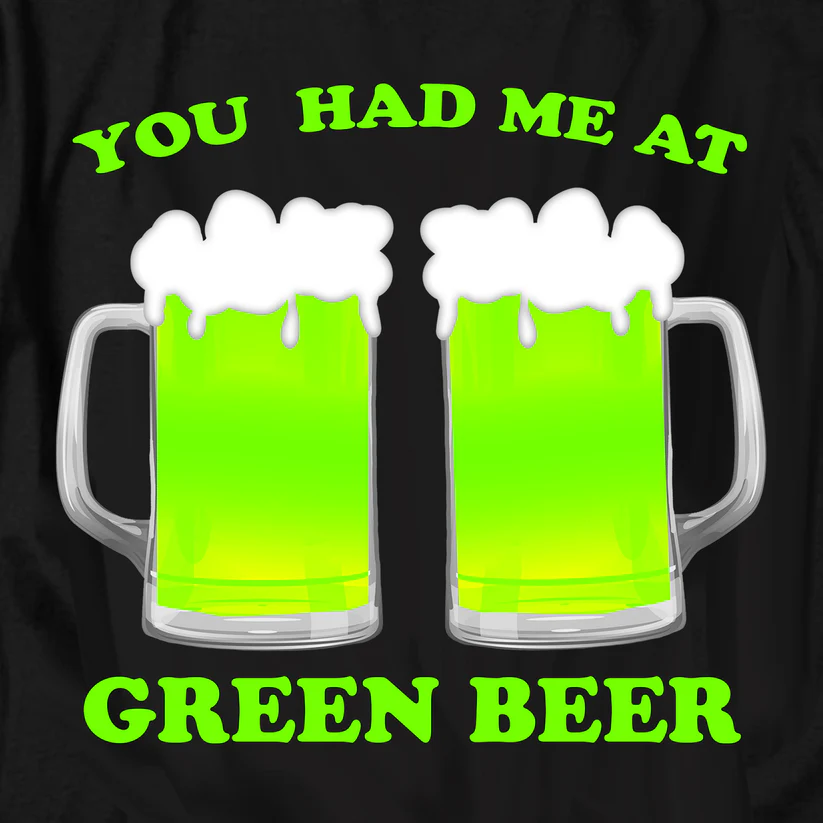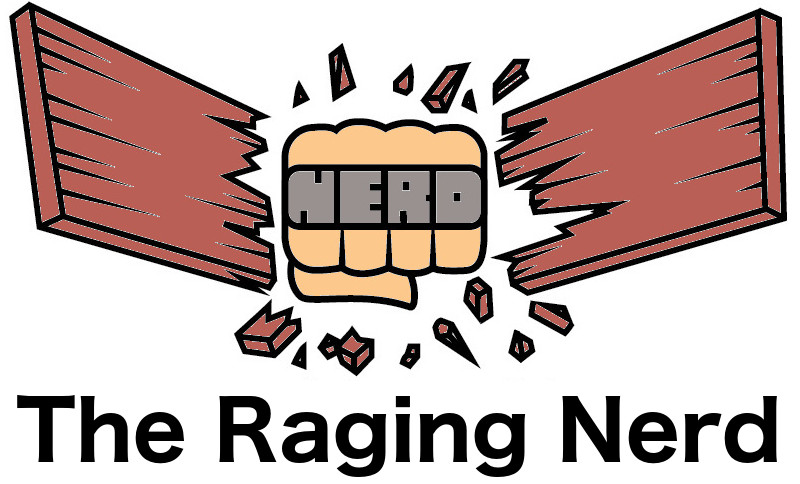Saint Patrick’s Day in TV and Movies: A Pop Culture Celebration
Every March 17th, the world is awash in green, shamrocks, and Guinness as people celebrate Saint Patrick’s Day. While the holiday itself has roots in Irish history and the life of Saint Patrick, its modern pop culture presence is undeniable—especially in television and film. From sitcoms and animated classics to wild party movies, Saint Patrick’s Day has been used as a backdrop for hilarious (and sometimes chaotic) storytelling.
Sitcom Shenanigans: The Saint Patrick’s Day Episode
Sitcoms love a good holiday episode, and Saint Patrick’s Day is no exception. It provides the perfect setting for mischief, mistaken identities, and a whole lot of green beer.
How I Met Your Mother took the holiday to a new level with its episode No Tomorrow, in which Barney Stinson (Neil Patrick Harris) embraces the idea that anything goes on Saint Patrick’s Day. His reckless behavior leads to one of the show’s long-running mysteries: the identity of the Mother. The episode captures the party-hard mentality often associated with the day, but also sneaks in a lesson about responsibility.
The Office (U.S.) also delivered a memorable Saint Patrick’s Day episode, in which Michael Scott tries (and fails) to impress his new boss Jo Bennett. Meanwhile, Jim and Pam struggle with the realities of being new parents. The contrast between office antics and real-life responsibilities makes for a classic workplace comedy moment.
Animated Hijinks and Irish Stereotypes
Animated shows have had their fair share of Saint Patrick’s Day episodes, often playing with (or outright mocking) common Irish stereotypes.
In The Simpsons, the episode Homer vs. the Eighteenth Amendment is a wild ride inspired by Prohibition-era history, but it kicks off with Springfield’s rowdy Saint Patrick’s Day parade. Bart accidentally gets drunk, leading to a full-blown alcohol ban in the town. The episode uses the holiday as a catalyst for a larger story about rebellion and government overreach—classic Simpsons satire.
Meanwhile, Family Guy leans into absurdity with Peter’s Two Dads, which features Peter Griffin’s realization that his real father is Irish. The exaggerated Irish stereotypes in the episode—such as constant drinking and chaotic pub fights—are played for laughs, but also reflect how American media has often depicted Ireland in a humorous (if not entirely accurate) light.
Saint Patrick’s Day on the Big Screen
Movies have embraced Saint Patrick’s Day as a setting for wild parties, heartfelt reunions, and even crime capers.
One of the most famous Saint Patrick’s Day scenes comes from The Fugitive (1993), in which Dr. Richard Kimble (Harrison Ford) evades U.S. Marshals by blending into a massive Chicago parade. The scene wasn’t staged—the filmmakers actually shot during the real Saint Patrick’s Day parade, making for a thrilling and authentic escape sequence.
On the comedy side, The Boondock Saints (1999) is a cult favorite that leans into Irish Catholic themes, crime, and vigilante justice. While not strictly about Saint Patrick’s Day, the film’s strong Irish identity and pub-centered moments make it a go-to watch for the holiday.
For those who love full-blown party movies, Leprechaun (1993) is an over-the-top horror-comedy starring Warwick Davis as an evil leprechaun hunting down his stolen gold. It’s campy, ridiculous, and has become a bizarre yet beloved part of Saint Patrick’s Day movie marathons.
Dressing the Part: The Rise of Funny St Patrick’s Day Shirts
 Of course, no Saint Patrick’s Day celebration is complete without festive attire. From leprechaun hats to green tutus, people love to dress up for the occasion. But one trend that has taken over in recent years is the rise of funny St Patrick’s Day shirts.
Of course, no Saint Patrick’s Day celebration is complete without festive attire. From leprechaun hats to green tutus, people love to dress up for the occasion. But one trend that has taken over in recent years is the rise of funny St Patrick’s Day shirts.
Pop culture references, sarcastic slogans, and pun-filled designs are everywhere. Some of the most popular include shirts with phrases like “Kiss Me, I’m Irish (Or Drunk, Or Both)” and “Let’s Get Shamrocked.” Others play on classic TV and movie moments—think It’s Always Sunny in Philadelphia-inspired designs featuring Paddy’s Pub or quotes from famous Irish-themed episodes.
A Holiday Worth Watching
Whether you’re binge-watching sitcoms, revisiting classic movies, or just enjoying a few pints while wearing a ridiculous t-shirt, Saint Patrick’s Day has become a pop culture staple. The holiday’s representation in TV and film reflects both its fun-loving nature and its sometimes over-the-top stereotypes.
So this March 17th, grab a Guinness, throw on your funniest Saint Patrick’s Day shirt, and enjoy the holiday—whether that means hitting the town, watching The Simpsons, or simply reveling in the luck of the Irish from your couch.
In Retrospect, DC’s The Flash Was Actually a Pretty Good Show
 It’s easy to take The Flash for granted. The CW’s superhero universe (Arrowverse, as fans affectionately dubbed it) was once a powerhouse, churning out interconnected storylines, massive crossover events, and a steady supply of comic book action on a TV budget. But in the golden age of peak television, when cinematic-level production values became the norm, The Flash often felt like the underdog.
It’s easy to take The Flash for granted. The CW’s superhero universe (Arrowverse, as fans affectionately dubbed it) was once a powerhouse, churning out interconnected storylines, massive crossover events, and a steady supply of comic book action on a TV budget. But in the golden age of peak television, when cinematic-level production values became the norm, The Flash often felt like the underdog.
Yet, looking back now, it’s clear that The Flash was actually a pretty good show—sometimes even great.
The Heart of the Show
At its core, The Flash was always about heart. While Arrow leaned into darkness and brooding, The Flash embraced optimism, humor, and the sheer joy of super-speed. Grant Gustin’s Barry Allen wasn’t just a hero—he was a friend, a mentor, a husband, and, most importantly, a guy who genuinely loved being The Flash.
Gustin was the perfect lead. Unlike Ezra Miller’s take in the DCEU, which leaned more into awkward comic relief, Gustin’s Barry was endearingly nerdy but also deeply human. His relationships—whether with his surrogate father Joe West (the ever-charismatic Jesse L. Martin) or his eventual wife Iris West (Candice Patton)—gave the show its emotional core.
And let’s not forget Tom Cavanagh, who played multiple versions of Harrison Wells with an almost absurd level of range. Whether he was the sinister Reverse-Flash or the goofy yet brilliant Sherloque Wells, Cavanagh kept audiences entertained with each new iteration.
The Villain Problem—And Its Bright Spots
Like many long-running shows, The Flash struggled with repetitive storytelling, particularly when it came to villains. The “evil speedster of the season” formula got old fast, with Zoom, Savitar, and Godspeed all blurring together (pun intended). The non-speedster villains, however, often shined brighter.
Eobard Thawne/Reverse-Flash (also played by Cavanagh and Matt Letscher) was easily one of the best villains in the entire Arrowverse. His personal vendetta against Barry made him compelling, and every time he showed up, you knew things were about to get serious. Then there was Gorilla Grodd—one of the most ambitious CGI villains on network television—and Captain Cold (Wentworth Miller), whose campy, calculated performance made him an instant fan favorite.
The Highs and Lows
No show runs for nine seasons without some missteps, and The Flash had its share. The later seasons, especially after Crisis on Infinite Earths, struggled to recapture the magic of the earlier years. The storylines got convoluted, some supporting characters were sidelined or written out, and budget constraints led to some questionable CGI moments.
But when The Flash was good, it was really good. The Flashpoint adaptation, while different from the comics, was one of the show’s most ambitious swings. The early seasons nailed the balance between procedural and serialized storytelling, making each episode feel like a fun comic book adventure.
And then there were the crossovers—Crisis on Earth-X, Elseworlds, and Crisis on Infinite Earths—which showcased just how much love The CW had for DC’s history. Seeing Gustin’s Barry interact with John Wesley Shipp’s ‘90s Flash and even Ezra Miller’s DCEU version was a dream come true for fans.
The Lasting Legacy
Despite its flaws, The Flash will be remembered as a defining superhero show of its era. While Marvel dominated the big screen, DC found a home on TV, crafting an interconnected universe that, for a time, was more consistent than the DCEU.
The show also had an undeniable cultural footprint. Remember the explosion of The Flash merch in the mid-2010s? If you walked into any pop culture store, you’d find The Flash hoodies, hats, and, of course, tv show t shirts. It became a staple of geek fashion, right alongside Batman, Superman, and The Walking Dead.
And let’s not forget how many future superhero projects it influenced. Without the Arrowverse, it’s unlikely we’d have gotten Superman & Lois or even Peacemaker, both of which carry on the legacy of fun, serialized superhero storytelling.
So, in retrospect, The Flash wasn’t just “another CW show.” It was a genuinely solid superhero series that, for a while, gave fans the best live-action Flash we’d ever seen.
And for that, we should be grateful.



